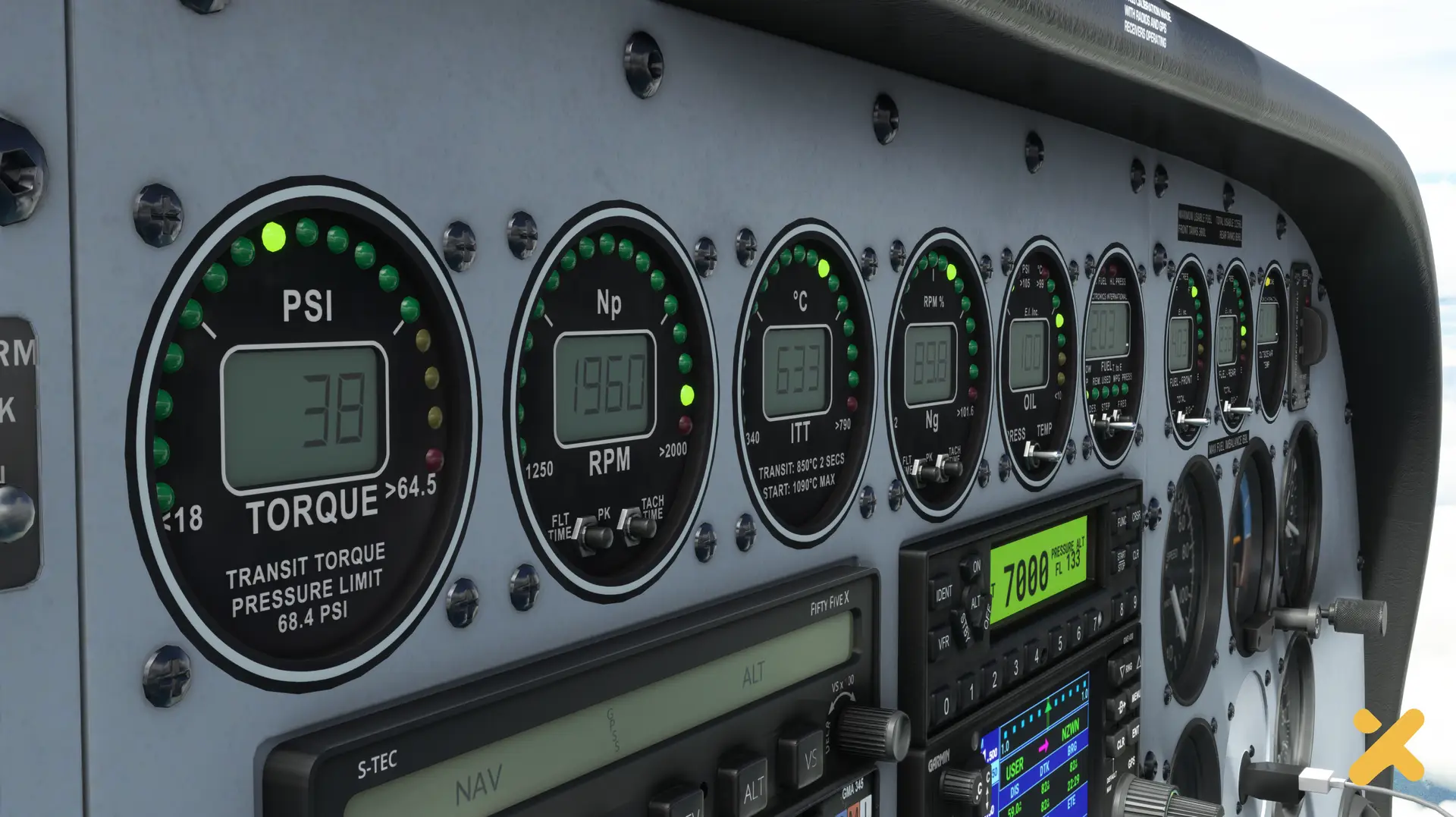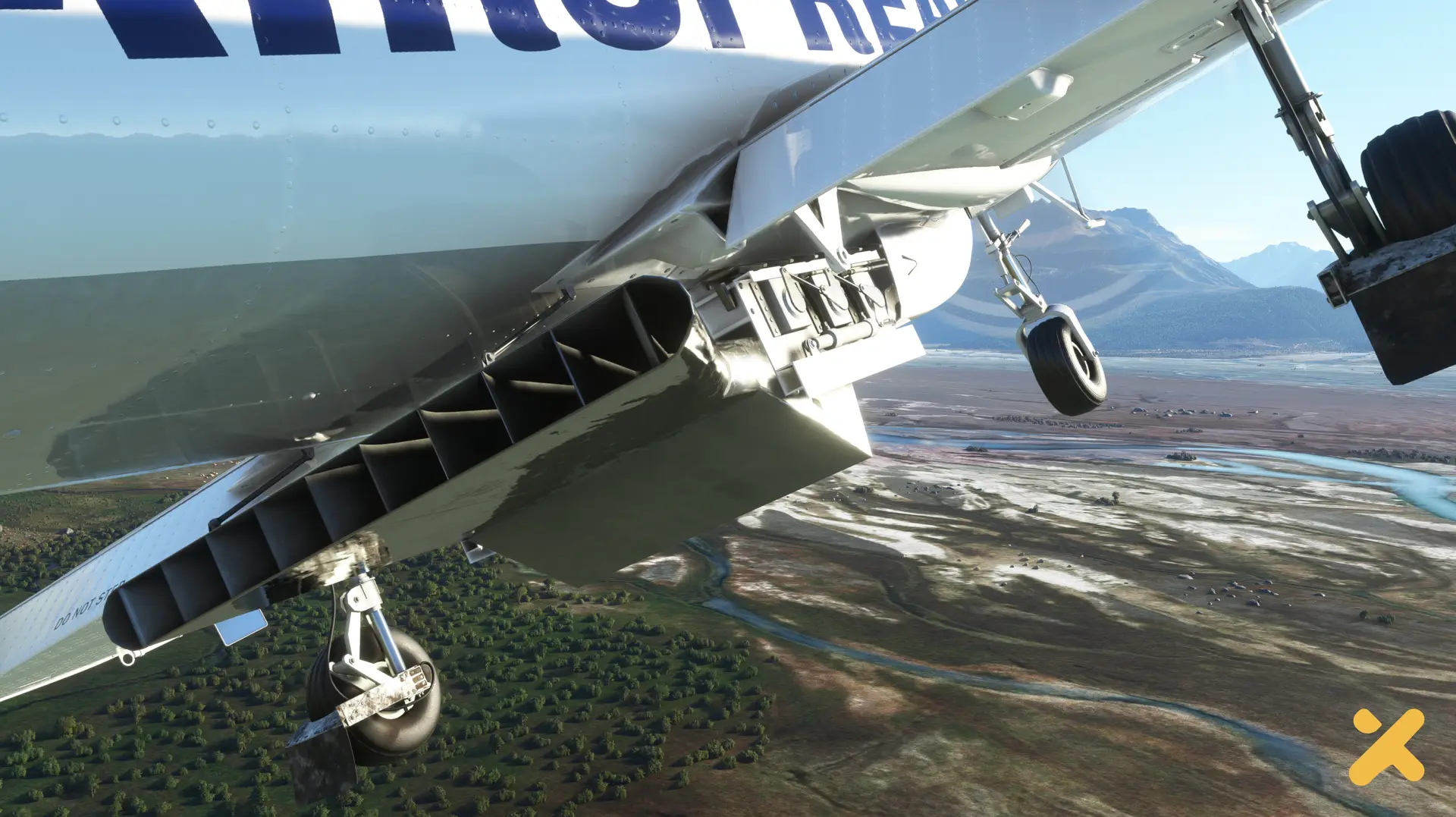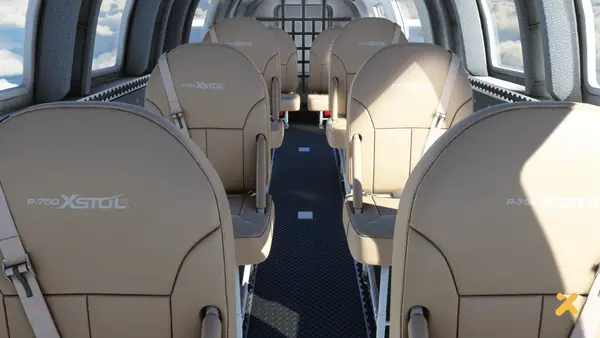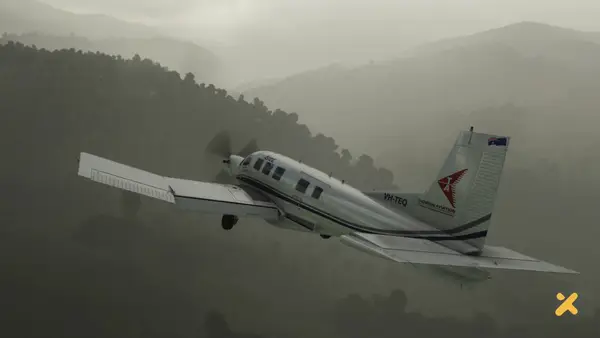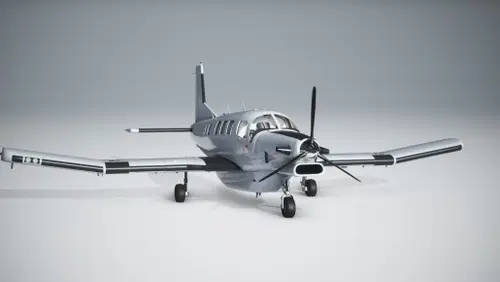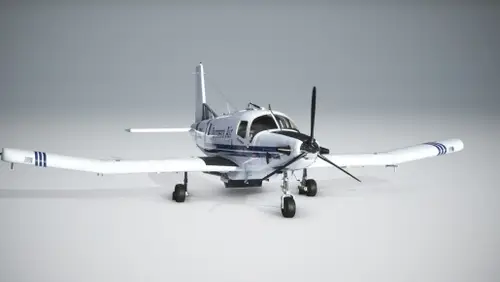- USD 24.99
- -30%
- USD 24.99
- USD 17.49
- Sale Ends: January 7 2026 6:00 PM +00:00
- View more offers at FS Addon Compare
- Added: November 11, 2022
- Updated: July 13, 2023
Designed and manufactured by Pacific Aerospace in Hamilton, New Zealand, the PAC P-750 XSTOL can trace its origins to the PAC Cresco and Fletcher. Whilst retaining the PT-6 turboprop engine and wings of the Cresco, the P-750 has a larger fuselage and a modified tail, and is an extremely versatile aircraft that lives up to its multi-role utility definition.
The unique design of the PAC 750 allows for Extremely Short Take-Off and Landing (XSTOL). Take off and land in less than 800 ft (244m), even in hot and high conditions and on semi-prepared airstrips in all types of terrain.
Orbx's PAC 750 XSTOL brings four roles of the P-750 to Microsoft Flight Simulator: skydiving, agricultural, cargo and passenger.
Systems & Avionics A good-looking aircraft isn't the only thing a modern day flight simmer wants. It also has to have accurate systems. The real-world aircraft is single pilot IFR capable, just like the in-sim rendition. Two COM and NAV radios, along with an EHSI, CDI and GPS allow full IFR flight.
The Orbx PAC 750 has an accurate fuel and electronics system, derived from real-world documentation.
Furthermore, we've gone to the level of simulating the functions of most circuit breakers. For example, popping the circuit breaker of one of the buses then using the guarded bus tie switch will restore power to both buses.
Other than the standard six-pack, the PAC 750 also has custom-coded Electronics International gauges to monitor the engines, fuel and electric systems. These gauges have been meticulously recreated with all of the traits of the real-world gauges like the startup sequence, refresh rates, sticky indicator lights and value rounding.
A panel-mounted tablet allows you to configure parts of the aircraft, like connecting ground power, switching the display units, and enabling TDS GTNXi or PMS50 GTN750 support.



